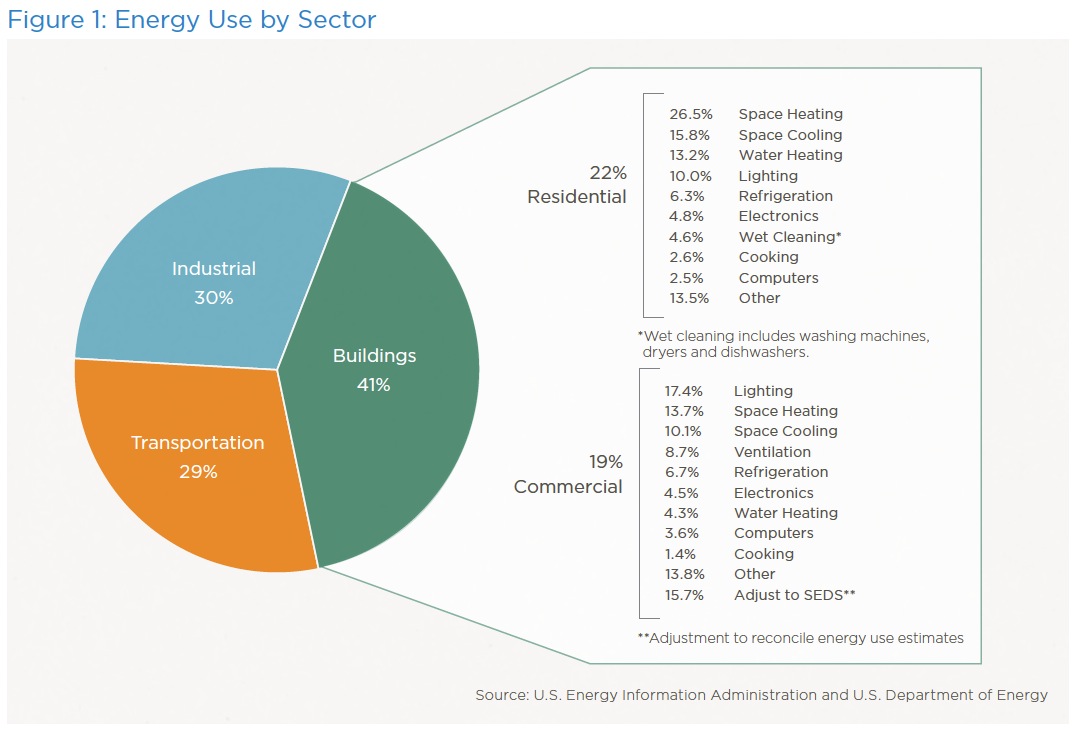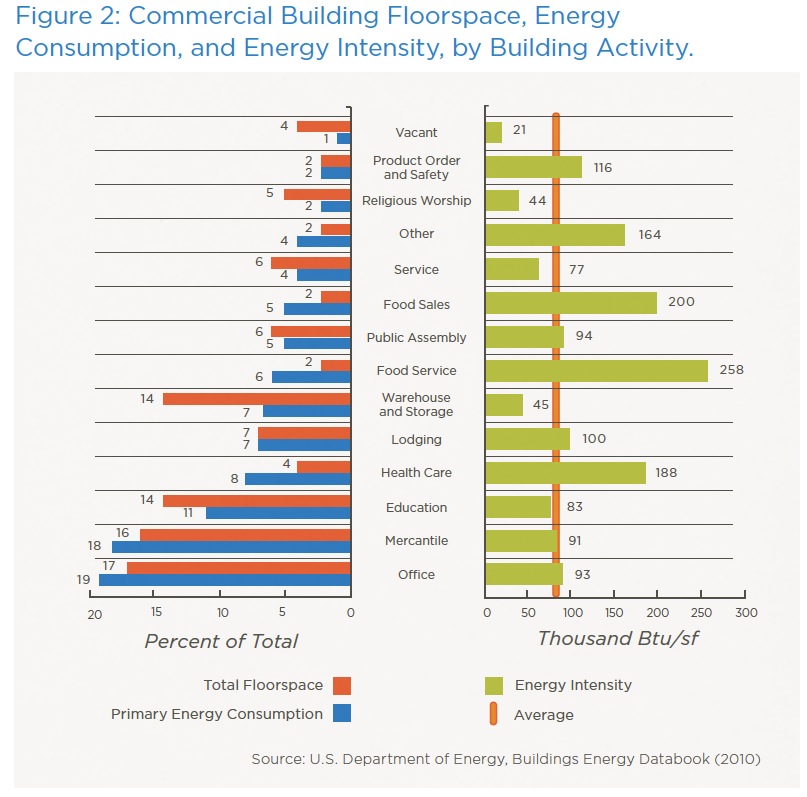THE NATIONAL TRUST FOR HISTORIC PRESERVATION
Executive Summary
Until now, little has been known about the climate change reductions that might be offered by reusing and retrofitting existing buildings rather than demolish- ing and replacing them with new construction. This groundbreaking study concludes that building reuse almost always offers environmental savings over demolition and new construction. Moreover, it can take between 10 and 80 years for a new, energy-efficient building to overcome, through more efficient operations, the negative climate change impacts that were created during the construction process. However, care must be taken in the selection of construc- tion materials in order to minimize environmental impacts; the benefits of reuse can be reduced or negated based on the type and quantity of materials selected for a reuse project.
This research provides the most comprehensive analysis to date of the poten- tial environmental impact reductions associated with building reuse. Utilizing a Life Cycle Analysis (LCA) methodology, the study compares the relative environmental impacts of building reuse and renovation versus new construc- tion over the course of a 75-year life span. LCA is an internationally recognized approach to evaluating the potential environmental and human health impacts associated with products and services throughout their respective life cycles.1 This study examines indicators within four environmental impact categories, including climate change, human health, ecosystem quality, and resource depletion. It tests six different building typologies, including a single-family home, multifamily building, commercial office, urban village mixed-use build- ing, elementary school, and warehouse conversion. The study evaluates these building types across four U.S. cities, each representing a different climate zone, i.e., Portland, Phoenix, Chicago, and Atlanta. A summary of life cycle environmental impacts of building reuse, expressed as a percentage of new construction impacts, is shown in the following figure
About the National Trust for Historic Preservation
www.preservationnation.org
“The National Trust for Historic Preservation provides leadership, education, advocacy, and resources to save America’s diverse historic places and revitalize our communities.”
Tags: Energy Use, Green Building, LCA, LEED








 RSS Feed
RSS Feed